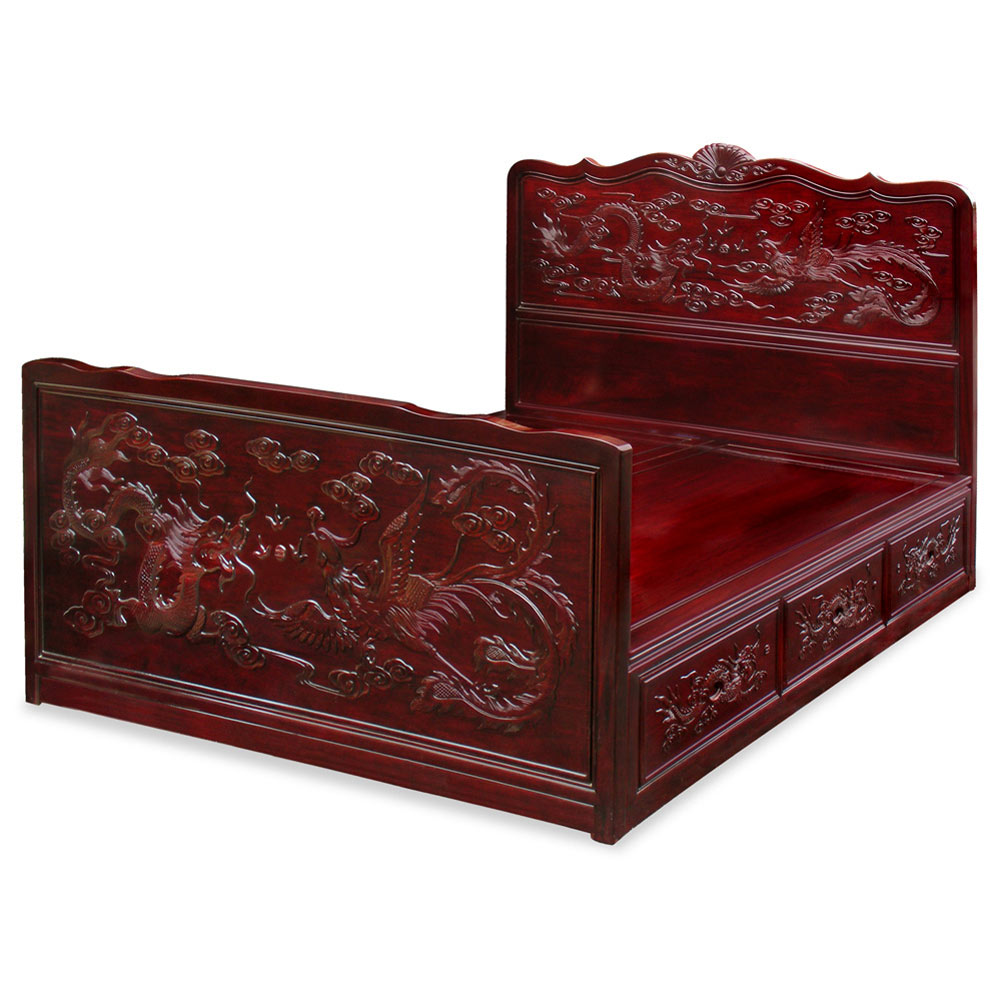Not Just a Design: Phoenix (And Double Phoenix)
Although it shares the same name of "phoenix" as the western phoenix, the Chinese phoenix is an entirely different being. The Chinese phoenix, popularly known as "fenghuang", is a mythological creature which can be considered as a chimera to some. They are portrayed with the beak and comb of a rooster and a couple long strands of peacock feathers as tails. While it appears to be a gallinaceous bird, note that they have long legs comparable to that of a crane. The peacock’s neck may be longer than most birds, but the fenghuang’s is akin to a snake. In some depictions, with wings spread, they are shown to have the shell of a tortoise.
According to historians, the mythical fenghuang is one of the first creatures to exist in chinese folklore. The fenghuang has been found on items dating back to the very dawn of Chinese culture. For that reason it is also known as the "King of all Birds". Like the kirin, the appearance of a fenghuang is rare and auspicious. When the fenghuang emerges, it is believed to be a great omen. They are so graceful that when in flight, wind ceases and dust settles. The environment must be peaceful and serene in order for them to linger. At the slightest sign of war, it will flee straight to the heavens to be free of violence.
Fenghuang are frequently depicted in pairs in East Asian designs. There is a reason for this. Originally, the males named Feng and the females named Huang existed separately. They would later on combine to form a single feminine creature and be paired with the legendary dragon, which was viewed as a male. The fenghuang is a very revered symbol in Chinese culture, representing femininity, grace, virtue, and the union of Yin and Yang.
See More Furniture with Phoenix Designs








SocialMedia